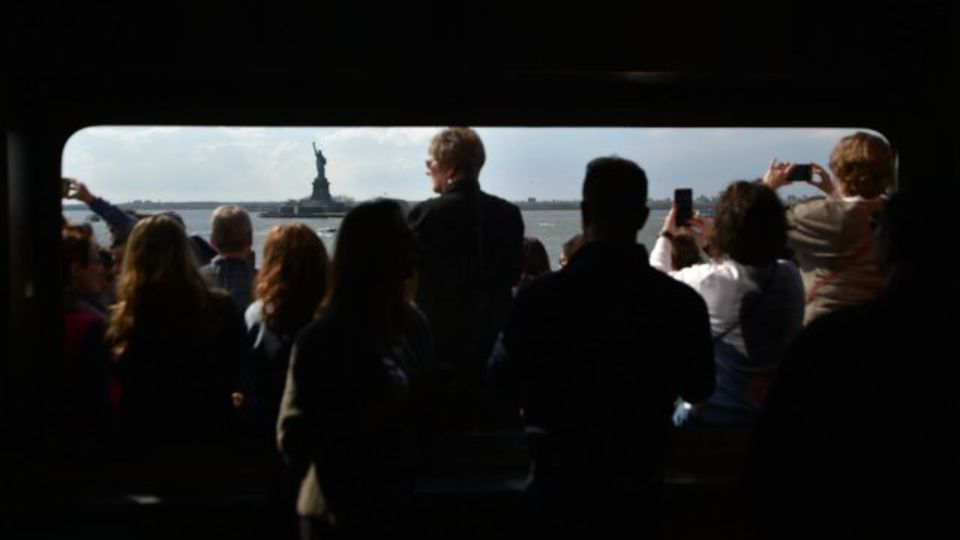Corry Joe Biddle knows that the best empanadas can be found on the south side of Milwaukee. And when Joe is in the mood for soul food, they head to the north part of town. She has eaten at Indian, Ethiopian, and Cuban restaurants all in one week. Sometimes, she takes the streetcar for a 2.1-mile ride through the city just to see her hometown from different angles.
“There are many different types of people here,” says Biddle, who is the executive director of talent development, vice president of community engagement, and a member of the diversity committee in the city’s chamber of commerce. Biddle also mentions the various sweets they have tasted, people they have met, and feathers and fabrics they have touched.” “In Milwaukee, you have the chance to meet people who are different from you wherever you go.”
And that chance has only gotten better in the past ten years or so in Milwaukee and many other cities in the United States.
According to a recent analysis by U.S. News, almost 70% of the biggest cities in the country have become more racially diverse since 2010. This trend is expected to continue, according to experts.
“According to Mark Mather, a demographer with the nonprofit Population Reference Bureau, the United States is becoming more diverse in terms of race and ethnicity. This diversity is particularly noticeable in cities,”
A Growth in Urban Diversity
Out of the 66 cities that had a population of 300,000 or more in 2018, around 70% (46 cities) had a higher diversity index score in 2018 compared to 2010. Some cities that had low diversity scores experienced significant increases in diversity. For example, in 2010, Colorado Springs, Colorado was 83% white, while Detroit was 85% black.
Detroit experienced a significant increase in diversity, partly because of a growing white population. From 2010 to 2018, the chances of two randomly chosen people being different from each other in the Motor City increased by 21%.
Two cities in Ohio, Cleveland and Columbus, are also ranked at the top for having the largest increases in diversity. Both cities, along with Detroit and many other cities in the Midwest, experienced a notable increase in their Asian population. From 2010 to 2018, the number of Asian people in several Midwestern cities grew more than twice as fast as the average rate for large cities. For example, the Asian population increased by 87% in Indianapolis, 74% in Columbus, and 57% in Cleveland.
Also read: New York City Becomes One of the Highest Violent Crime City in US
In 2010, Milwaukee, Biddle’s hometown, was one of only five big cities in the U.S. where no racial or ethnic group made up more than 50% of the population. This number has doubled by 2018, with new cities like San Francisco, New York, and Washington joining the list.
New York and Los Angeles, which are traditional destinations for immigrants on both coasts, are among the top 10 most diverse large cities. California cities are often considered the most diverse in the United States. In 2018, Stockton, Oakland, and Sacramento were ranked as the top three cities in terms of diversity.
Diversity, but Not Displacement
Experts say that cities that can provide jobs and affordability are likely to attract a more racially diverse population, as racial minorities make up almost half of the millennial generation.
Experts say that as urban areas become more diverse, it is important for local leaders to take steps to make sure that all residents, regardless of their race or ethnicity, have access to these opportunities.
According to Tim Thomas, an urban sociologist and fellow at the University of Washington, it is important to begin with affordable housing in stable neighborhoods and focus on progressive demographic change rather than turnover.



Leave a Reply